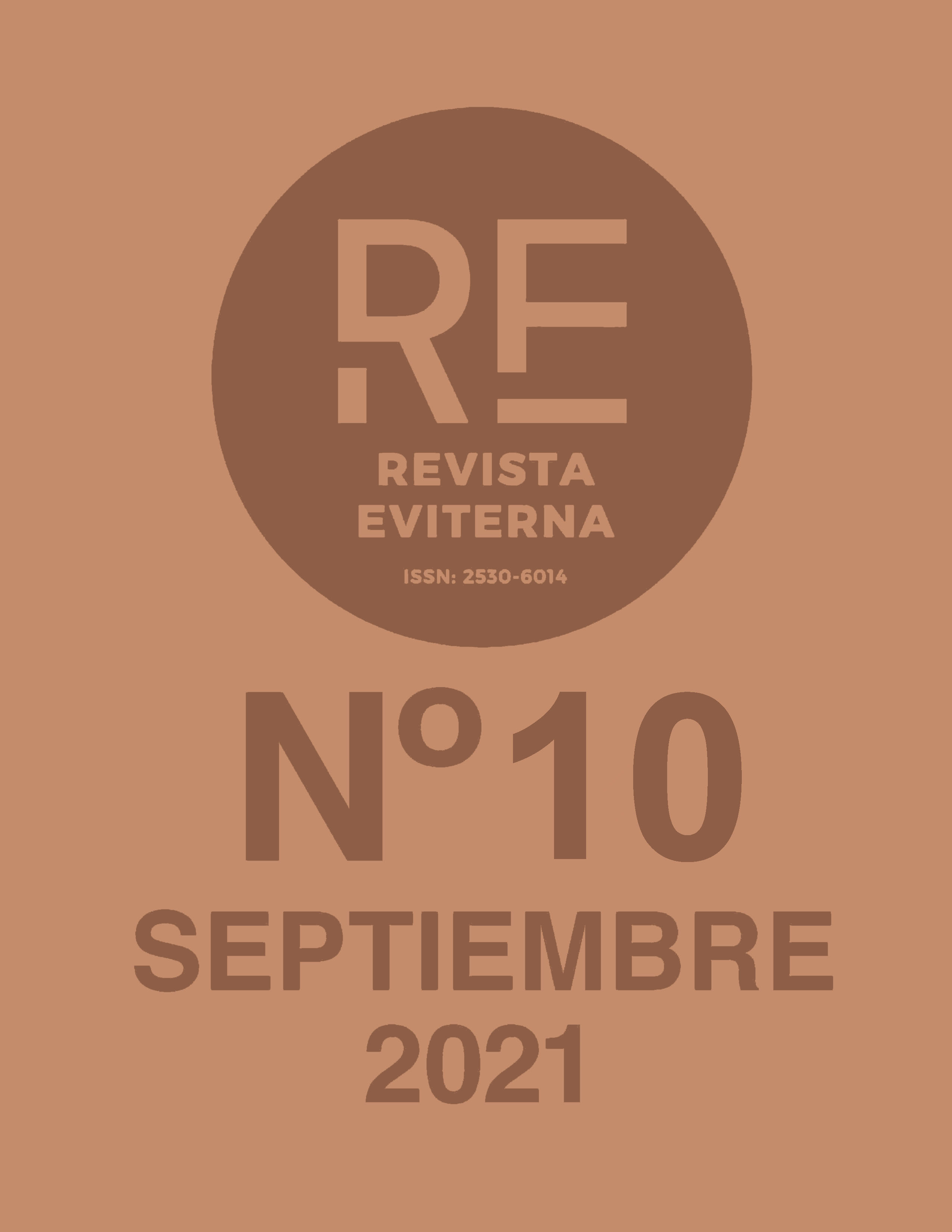Roma y Velázquez.
Interferencias culturales romanas en la evolución de su estilo
DOI:
https://doi.org/10.24310/Eviternare.vi10.12972Palabras clave:
Roma, Barroco, fuentes historiográficas, VelázquezResumen
Nuestra práctica profesional, así como la entrañable amistad mantenida al largo de los años con Juan María Montijano, nos evoca a relacionarle con la figura del gran pintor barroco Diego Velázquez (1599-1660) y los dos viajes llevados a cabo en la ciudad de los papas. Así, y salvando las lógicas diferencias, hacemos un cierto paralelismo con las vivencias de ambos en la Roma barroca.
Contrariamente a Velázquez, cuyas obligaciones palaciegas en la corte limitaban su libertad y le forzaron a regresar con relativa premura, Montijano, a pesar de su compromiso con la docencia en la Universidad de Málaga, pudo establecer una larga secuencia de estadías romanas que abarcarían el resto de su vida. En este sentido, y gracias a la mayor facilidad y rapidez de los medios de transporte actuales, le podemos adjudicar una mayor fortuna a la del pintor sevillano, pues tuvo ocasión de vincularse durante más tiempo y conocer con mayor minuciosidad todos los vestigios de la Ciudad Eterna.
Desde hace tiempo estamos interesados en valorar los viajes de los artistas y sus itinerarios o estancias en cuanto que, en muchas ocasiones, plasman las experiencias vividas en sus obras, al igual que nosotros, de nuestros viajes y/o permanencias, guardamos en el subconsciente imágenes y sensaciones captadas. Las mismas que tarde o temprano, y de manera no consciente, repetimos o reelaboramos. Son lo que nosotros entendemos como interferencias culturales.
Como Velázquez, Juan María Montijano fue seducido por el embrujo romano. A todos nosotros las experiencias vividas nos han enriquecido y, de alguna manera, han quedado reflejadas en nuestros escritos, en nuestra docencia y en nuestra investigación.
Descargas
Métricas
Publicación Facts
Perfil de revisores N/D
Información adicional autores
Indexado: {$indexList}
-
Indexado en
- Sociedad Académica/Grupo
- N/D
- Editora:
- Universidad de Málaga
Citas
Calderón de la Barca, P. (1640). Primera parte de Comedias de don Pedro Calderón de la Barca. Madrid: Viuda de Juan Sánchez. Recuperado de http://www.cervantesvirtual.com/obra-visor/el-sitio-de-breda--2/html/
Gállego, J. (1983). Diego Velázquez. Barcelona: Anthropos.
Pacheco, F. (1649). Arte de la Pintura, su Antigüedad y Grandezas, lib. I. Sevilla: Simón Fajardo.
Thuillier, J. (1974). La obra pictórica completa de Poussin. Barcelona: Noguer.
Trapiello, A. (2009). Troppo vero. Valencia: Pre-textos.
Tolnay, C. de (1961). Las pinturas mitológicas de Velázquez, Archivo Español de Arte tomo 34, nº 133, 31-46.
Van Gogh, V. y Vollard, A. (1911). Lettres de Vincent van Gogh à Èmile Bernard (1887-1890). París.
Publicado
Cómo citar
Número
Sección
Licencia
Todos los contenidos publicados en Revista Eviterna están sujetos a la licencia Creative Commons Reconocimento-NoComercia-Compartirigual 4.0 cuyo texto completo puede consultar en <http://creativecommons.org/licenses/by-nc-sa/4.0>

Se pueden copiar, usar, difundir, transmitir y exponer públicamente, siempre que:
- Se cite la autoría y la fuente original de su publicación (revista, editorial y URL de la obra).
- No se usen para fines comerciales.
- Se mencione la existencia y especificaciones de esta licencia de uso.
Los derechos de autor son de dos clases: derechos morales y derechos patrimoniales. Los derechos morales son prerrogativas perpetuas, irrenunciables, intransferibles, inalienables, inembargables e imprescriptibles.
De acuerdo con la legislación de derechos de autor, Revista Eviterna reconoce y respeta el derecho moral de los autores/as, así como la titularidad del derecho patrimonial, el cual será cedido a la Universidad de Málaga para su difusión en acceso abierto.
Los derechos patrimoniales, se refieren a los beneficios que se obtienen por el uso o divulgación de las obras. Revista Eviterna se publica en open access y queda autorizada en exclusiva para realizar u autorizar por cualquier medio el uso, distribución, divulgación, reproducción, adaptación, traducción o transformación de la obra.
Es responsabilidad de los autores/as obtener los permisos necesarios de las imágenes que están sujetas a derechos de autor.







12.png)



